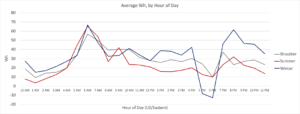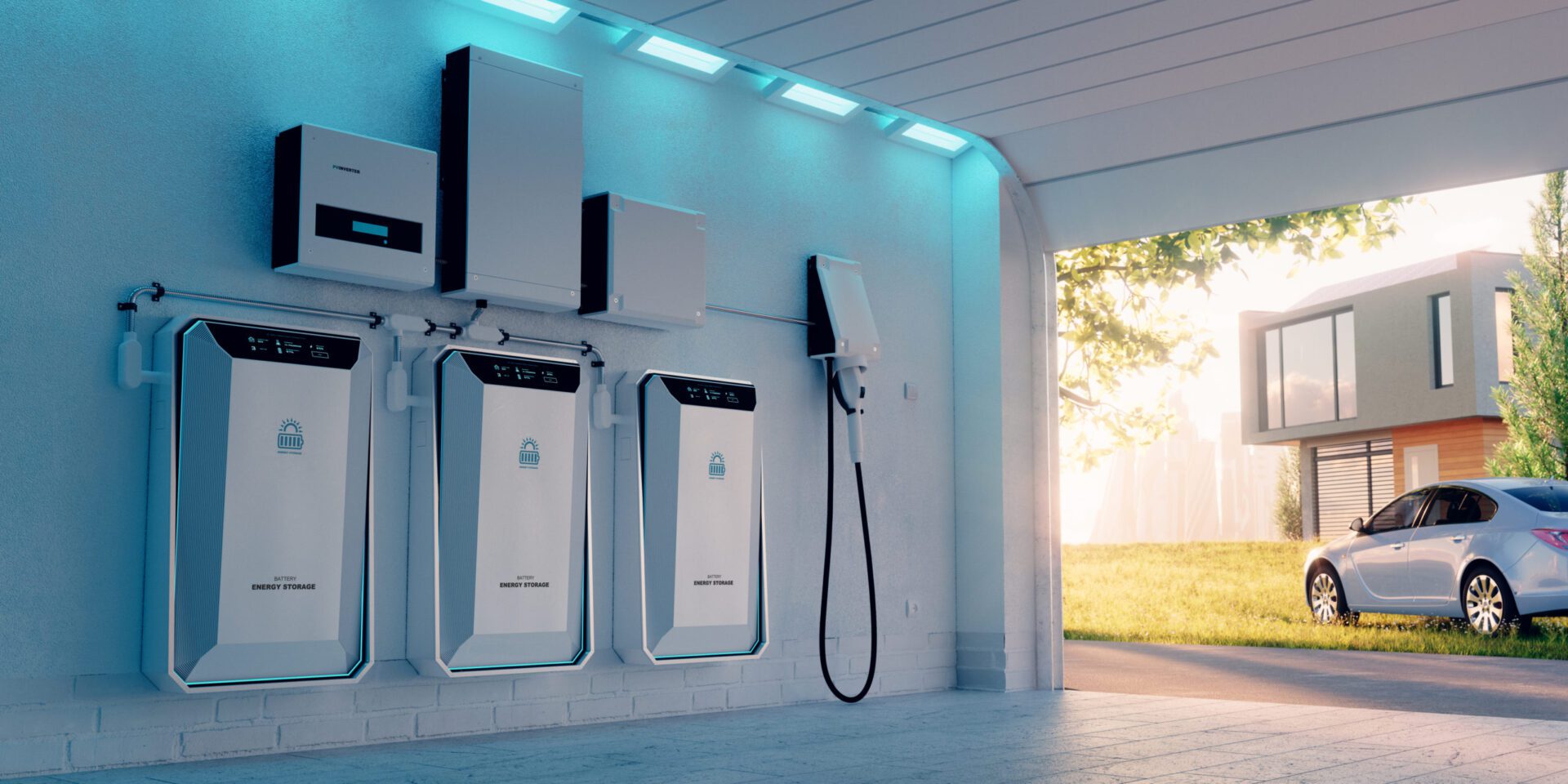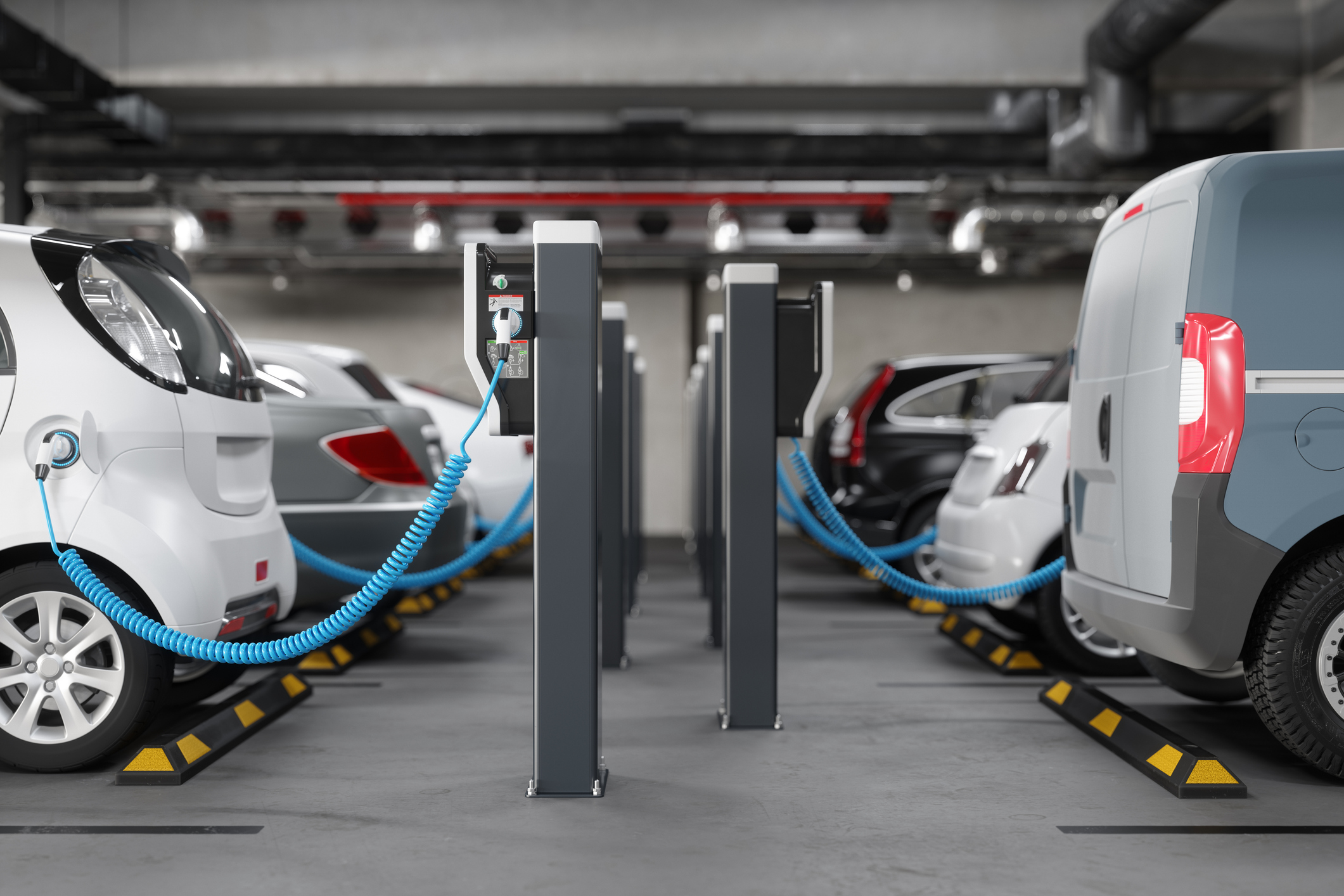Utilities have often turned to demand flexibility or distributed energy resource (DER) programs to optimize available energy assets and reduce the use of carbon-intensive “peaker” plants. To satisfy global decarbonization-driven regulatory objectives, utility operations are turning to these options now more than ever. Especially as electric vehicles (EV) to prosumer-boosted renewable technologies enter the market, utilities are adding EV chargers to the portfolio of DERs, but the burning question is: what technologies will provide the most cost-effective and customer-centric way to manage the increased load from prosumer-driven renewable technologies EVs at scale? One solution: EV telematics.
Electric vehicles represent an opportunity for utilities to help decarbonize the transportation sector and will provide a flexible resource for shaping load to meet the demands of renewable generation. The EV market is growing exponentially and is currently expected to hit $22.1B by 2029. Investments in developing the market signal a dramatic shift toward electrification and away from fossil fuels, which will challenge utilities to meet demand.
EV Telematics Has Entered The Stage
As residential managed charging programs gain popularity, the most common approach has been to incentivize grid-connected electric vehicle chargers for peak load shaving. The graph below, for example, illustrates this application from a fleet of managed residential EVs, as the load from EV chargers is curtailed from the hours of 4 pm – 6 pm, most dramatically in the winter months.

- The graph shows the managed charging patterns for customer EVSEs enrolled in a Virtual Peaker-supported program in 2021. The trendline displays the calculated average Wh for each hour of the day from 12 AM to 11 PM. The three series represented are Winter = Dec – Feb, Summer = Jun-Aug, Shoulder = Mar-May, and Sept-Nov.
The value of these peak shaving savings is jeopardized by program costs. In some programs, utilities run a concurrent process to install separate and unnecessary metering infrastructure at the EV charger to monitor and bill the usage. These programs also rely on the charging equipment to permit the control, which requires additional incentives to entice customers to use specific technology. The combination of the electric vehicle supply equipment (EVSE) charger incentive and the cost to install a separate meter can completely decimate the return on investment for managed charging programs.
Fortunately, with EV telematics the car itself is also capable of capturing and reporting the charging data utilities will need. EV telematics gathers the data from a digital tachometer graph (DTG) and GPS to depict the state of the vehicle in terms of distance traveled, time taken, the average speed during the journey, and more. Nearly all (97%) of EVs are connected vehicles with built-in 4G or 5G cellular modems. Organizations, local governments, and some electric utilities are already using connected car data to solve the challenges of mass EV adoption.
What a wealth of information for electric utilities to understand how much, when, and where energy is being drawn from the grid! While most managed charging programs are residential-focused, many people charge their vehicles while away from home. A recent SEPA report points out, “Every service territory is unique, and driving behaviors and energy demand has changed significantly with the latest EV generation. Factors such as traffic patterns, topography, and temperature impact the overall range and efficiency of the vehicle, subsequently influencing charging behavior and energy needs.”
API Expertise Simplifies a Complex and Changing Market
Access to EV telematics has the power to change the way utilities design programs that drive EV adoption and will inform how they plan to build infrastructure to support more EVs. With every car manufacturer using unique and proprietary data-sharing APIs, the challenge to harnessing the power of EV telematics lies in the management of the complexity and volume of the market players.
By leveraging EV telematics through technical expertise with APIs, utility partners can get data directly from vehicles without third-party electric vehicle service equipment (EVSE). A standardized platform for many vehicle brands’ APIs allows utilities to connect participants’ car data to a utility program. This approach addresses the technical canyon of API integrations and circumvents the EVSE and metering hardware installation for utilities.
EV Telematics Conclusion
With the right DERMS solution, you can access nearly all EV models across dozens of brands with a single solution. Utility programs can easily introduce more drivers to EVs without having to install additional equipment. EV telematics shows promise in providing easier access to a wider range of EV data, augmenting load research with a granular look at behaviors. Ultimately, this new approach will help utilities design better programs, enhance customer service and engagement, and open up potential revenue opportunities through the addition of control use cases beyond peak load shifting.






